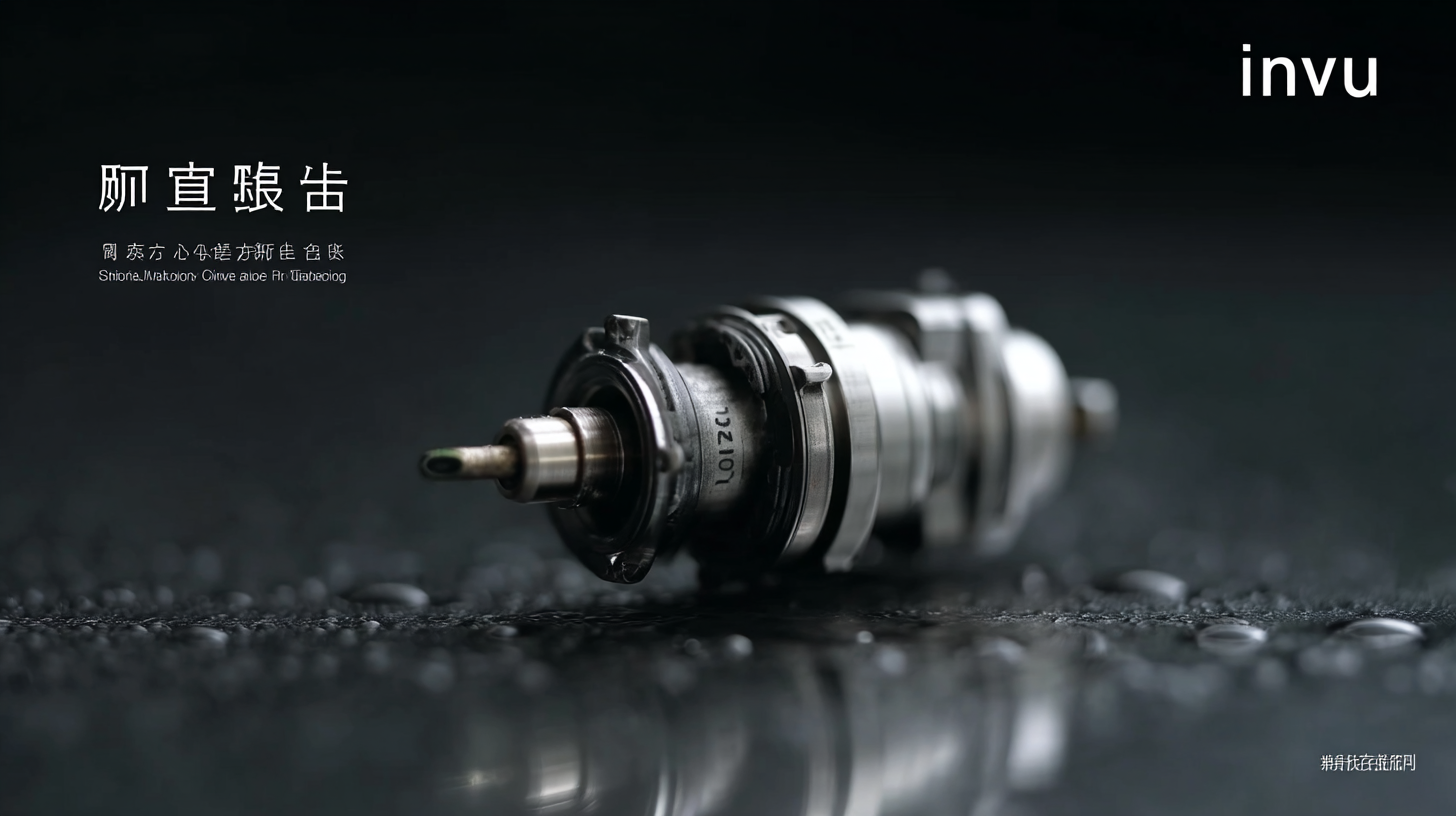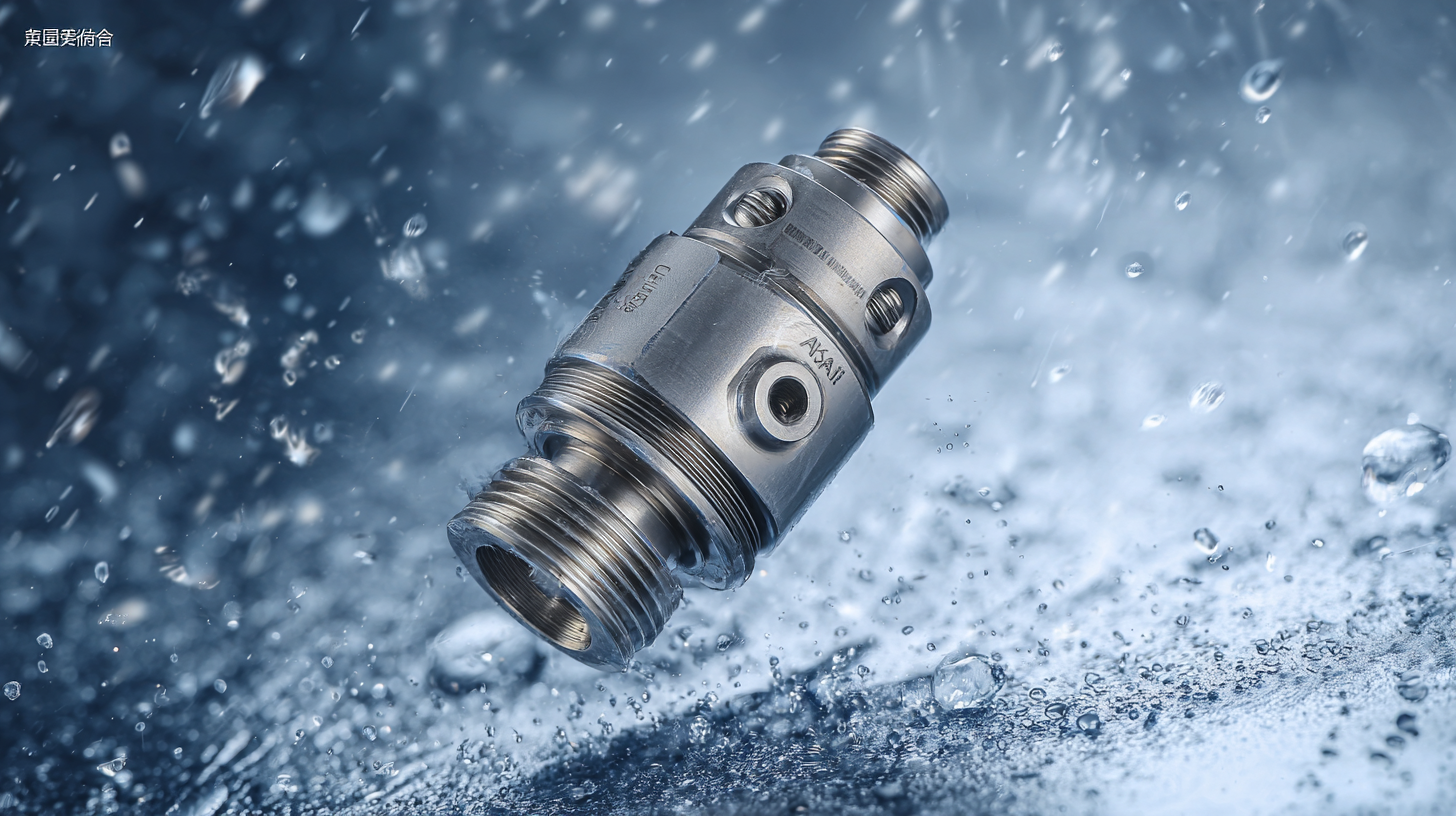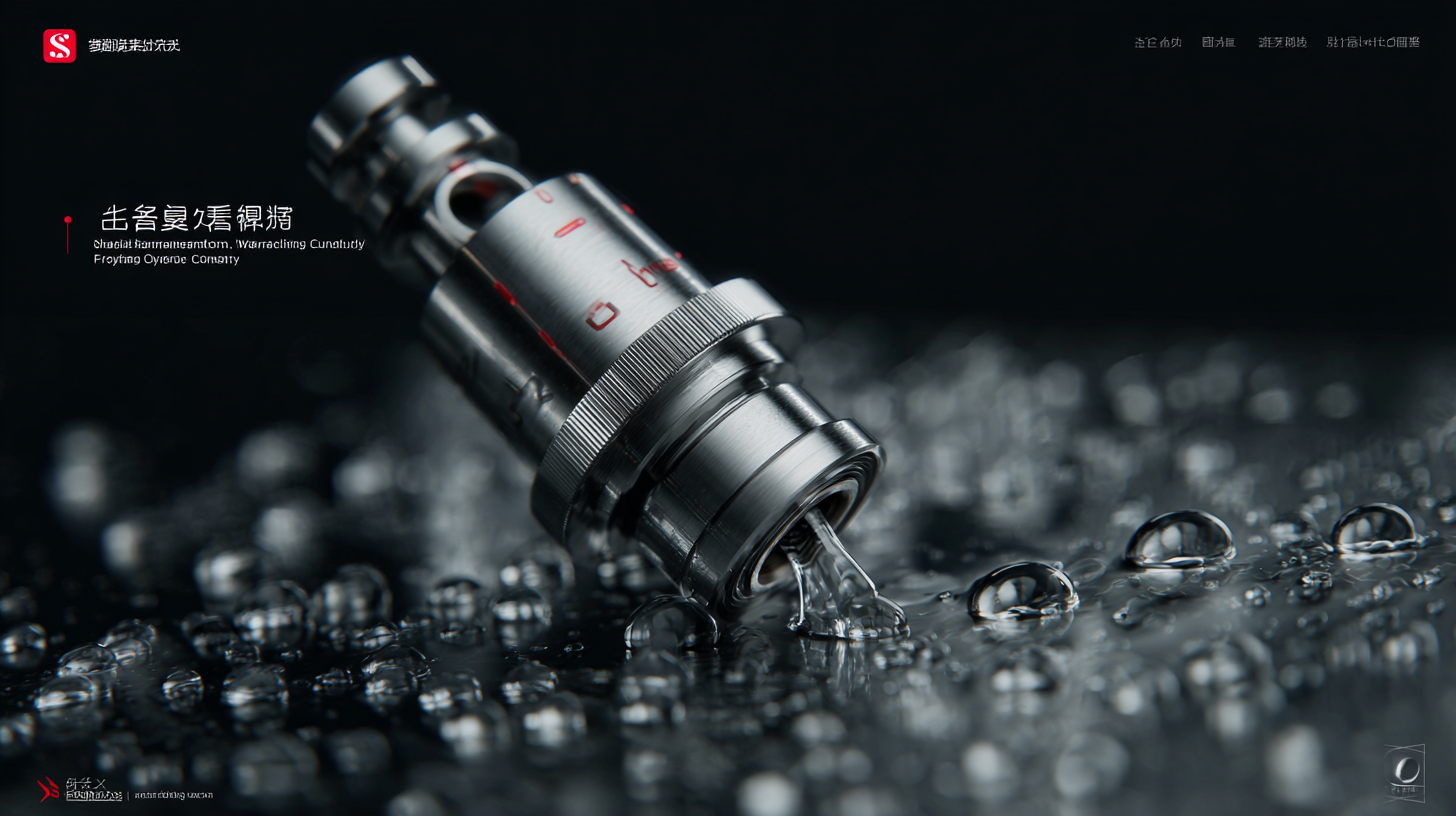As the global demand for high-quality plumbing fixtures continues to rise, China's smart manufacturing sector is emerging as a leader in producing top-tier faucet cartridges. According to a recent report by Mordor Intelligence, the global faucet market is expected to reach $12 billion by 2025, with a significant portion driven by the increasing preference for smart and efficient water usage solutions. The focus on Industry 2025 technological trends is reshaping manufacturing processes, enabling companies to enhance product quality and streamline operations. By leveraging advanced technologies such as AI, IoT, and automation, Chinese manufacturers are not only improving the durability and performance of faucet cartridges but also adhering to stringent international standards. This evolution in smart manufacturing not only underscores the commitment to excellence but also positions China as a key player in the global plumbing industry, setting benchmarks for quality that resonate worldwide.

In recent years, China's smart manufacturing has revolutionized various industries, particularly in the production of faucet cartridges. The integration of advanced technologies such as IoT, robotics, and AI has significantly enhanced the quality standards of faucet cartridge production. According to a report by MarketsandMarkets, the global smart manufacturing market is expected to grow from $200 billion in 2020 to over $400 billion by 2025, illustrating the rapid adoption of these technologies. As manufacturers automate their processes, they achieve greater precision in production, drastically reducing defects and inconsistencies in faucet cartridge quality.

Furthermore, a study conducted by the International Journal of Advanced Manufacturing Technology highlights that smart manufacturing practices have led to a 30% increase in production efficiency and a 20% reduction in material waste. These improvements have allowed Chinese manufacturers to not only meet but exceed international quality standards, leading to a surge in global exports of high-quality faucet cartridges. As the demand for durable and reliable plumbing components continues to rise, China's leadership in smart manufacturing positions it as a key player in setting the benchmark for excellence in production quality across the faucet industry.
China's advancements in smart manufacturing have been pivotal in transforming the faucet cartridge industry. Through innovative engineering and technology integration, several case studies illustrate how companies have achieved exceptional quality and efficiency. A noteworthy example is the adoption of automated production lines that enhance precision in cartridge design, resulting in longer-lasting and more reliable products.
Tips for manufacturers looking to improve their own processes include investing in advanced robotics for repetitive tasks, which can significantly reduce human error and production time. Additionally, collaboration with technology providers can lead to tailored solutions that address specific challenges within the faucet cartridge market.
Another key factor in elevating product quality is rigorous testing protocols. Companies implementing comprehensive quality checks during the manufacturing process not only ensure adherence to standards but also foster customer trust. Keeping abreast of industry trends and emerging technologies will also empower manufacturers to stay competitive in the global market, maintaining their commitment to excellence.
| Application | Material Used | Manufacturing Process | Durability (Cycles) | Temperature Resistance (°C) | Water Flow Rate (L/min) |
|---|---|---|---|---|---|
| Kitchen Faucet | Brass Alloy | Precision Machining | 500,000 | 90 | 12 |
| Bathroom Faucet | Stainless Steel | Die Casting | 400,000 | 80 | 10 |
| Shower Faucet | Copper | CNC Machining | 600,000 | 95 | 15 |
| Outdoor Faucet | Plastic | Injection Molding | 200,000 | 70 | 8 |
The faucet cartridge manufacturing process is known for its complexity and precision, which can present several challenges. One common issue is the inconsistency in raw material quality, which can compromise the durability and functionality of the final product. Manufacturers often face difficulties in sourcing materials that meet stringent industry standards, leading to variations in the performance of produced cartridges. This variability can result in higher rejection rates and increased production costs, making it imperative for companies to prioritize quality control in their material selection processes.
Another significant challenge in faucet cartridge manufacturing is the intricacy of the production techniques involved. The assembly of various components requires precise engineering and skilled labor to ensure that each cartridge functions flawlessly. However, inefficiencies in production workflows and outdated machinery can hinder the manufacturing process, causing delays and affecting overall quality. Embracing advanced technologies, such as automation and smart manufacturing solutions, can help manufacturers streamline operations and enhance product consistency. By addressing these common challenges, manufacturers can not only improve their faucet cartridge quality but also enhance their overall competitiveness in the global market.
China's advancements in smart manufacturing have significantly influenced the global faucet cartridge market, leading to enhanced quality and performance. As consumer preferences evolve, the demand for high-quality bathroom fixtures has risen sharply. Recent market analyses highlight how historical trends in the American sanitary ware sector—marked by a shift towards smart technology—reflect an increasing focus on functionality and design. This evolution is essential as manufacturers adapt to modern consumer expectations, prioritizing both aesthetic appeal and practical features.
Innovation in production processes, driven by automation and data analytics, is pivotal in improving faucet cartridge quality. The integration of smart manufacturing not only streamlines operations but also fosters a culture of continuous improvement. As brands compete on a global stage, they are challenged to deliver superior products that meet rigorous quality standards. This competitive environment encourages manufacturers to invest in research and development, enhancing their capabilities to produce reliable and high-performance faucet components. The result is a significant elevation in product quality that meets the sophisticated demands of today's consumers.

In recent years, China's smart manufacturing sector has made significant strides, particularly in the production of faucet cartridges. With advancements in technologies such as Internet of Things (IoT), artificial intelligence, and automation, manufacturers are enhancing the durability and performance of faucet cartridges. According to a report by the IAPMO, modern faucet cartridges can now last up to 50% longer than those produced a decade ago, primarily due to improved material quality and innovative engineering techniques.
The integration of smart manufacturing processes has led to enhanced quality control measures, which are crucial in refining product performance. A study by the ASME found that companies employing advanced manufacturing technologies saw a reduction in defect rates by nearly 30%, contributing to increased consumer satisfaction and trust in the market. This focus on technological excellence not only boosts the operational efficiency of manufacturers but also ensures that consumers receive high-quality products capable of withstanding daily wear and tear, setting a new benchmark in the plumbing industry.
